Walk through the process
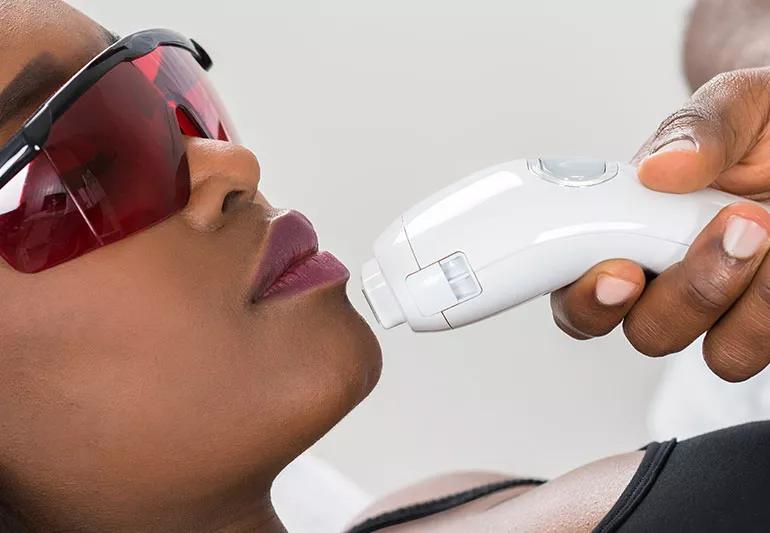
Warm weather means sunshine, swimsuits, shorts — and so much shaving! If you dread warm weather because of the additional skin exposure, laser hair removal is a good option to consider; it can greatly reduce your grooming demands.
Advertisement
Cleveland Clinic is a non-profit academic medical center. Advertising on our site helps support our mission. We do not endorse non-Cleveland Clinic products or services. Policy
Dermatologist Rachel Ward, MD, answers 10 questions that cover just about everything you need to know about laser hair removal.
Laser hair removal devices uses a light source that specifically targets the pigment in the hair itself. The quick pulse of light and energy essentially heats and melts the hair and subsequently damages the hair follicle. This prevents future hairs from growing in the follicle.
The process only works during the hair’s growth cycle, so the procedure is often done multiple times. You may have great results after three treatments, or it sometimes takes as many as nine.
Treatment needs can vary because the laser targets melanin, or dark pigment, in the hair follicles. The darker your skin is, the harder it is to distinguish between the skin color and the pigment in the follicles. You can still get good results, but it may take more treatments. If you have light skin and dark hair, you will likely get good results after just a few treatments.
It works with all kinds of hair, except for gray hair.
No. The word “laser” stands for “light amplification by stimulated emission of radiation, but it’s not like an X-ray. The treatment simply uses light and heat.
It’s a good idea to stay out of the sun as much as possible before the procedure.
Advertisement
Ultraviolet light stimulates melanocytes, which create more melanin (pigment) in the skin. The greater the contrast between skin color and hair color, the more effective the treatment.
You should also avoid shaving for three or four days before the treatment. If the hair has grown out some, it makes it easier for the technician to see it. Definitely avoid waxing or depilatories as they pull the hair out of the follicle, leaving no target for the laser.
This depends on the area being treated. Smaller areas like the chin or underarms may only take about 20 minutes; a leg or full back can take as long as an hour and a half.
The treatment is a little uncomfortable at worst because there are nerves attached to the hair follicles.
Laser hair removal works just about anywhere, including the legs, arms, back, underarms and bikini line. The only places that are off limits are ones that can’t be seen such as inside the nostrils and around the orbit of the eyes.
The treatment is effective for most people and is very safe.
The only problems you might experience afterward are a little swelling, redness or irritation around the hair follicles. This can last for a couple of days.
Hyperpigmentation (skin darkening) also sometimes occurs, but that typically fades pretty quickly. Burns or blisters may arise, but they are very uncommon.
“You may need a touch-up here and there — especially if you have a lot of body hair — but the overall effects of the procedure are lasting,” she says.
However, hormones sometimes complicate things. If you have an endocrine issue that increases your testosterone (such as polycystic ovary syndrome, a condition that causes a hormone imbalance), you may have to return for more touch ups. Hair also sometimes grows back after pregnancy or menopause.
Advertisement
Learn more about our editorial process.
Advertisement
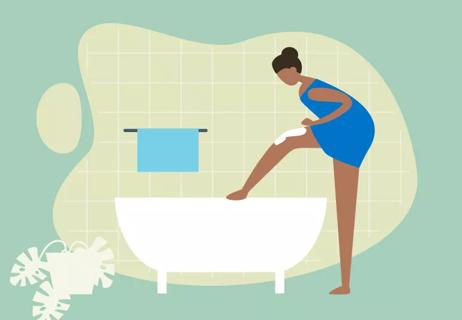
This old-school hair removal method is painless if done correctly — but it’s not for everybody
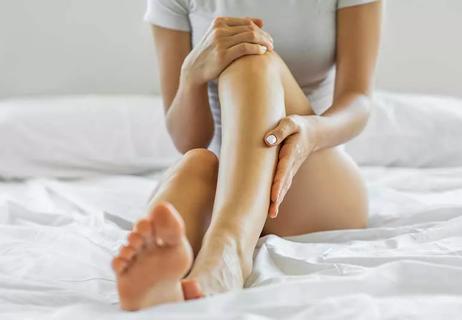
They work for some skin types but are less efficient — and messier — than shaving

A paste of sugar, lemon and water can be gentler than traditional waxing

Pros, cons and how to prep to go hair-free
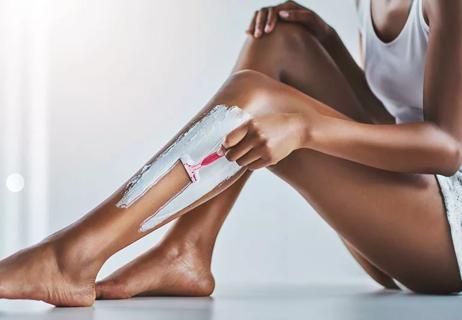
Two routes to smooth, hair-free skin
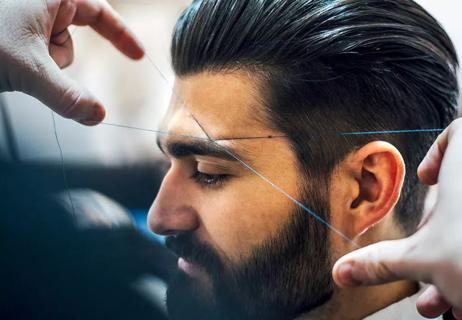
This popular eyebrow-shaping technique is more precise than waxing — and often less painful!
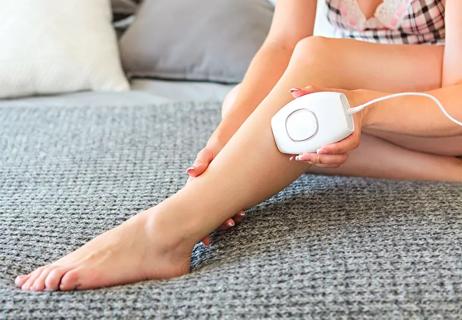
Does it work — and is it safe?

Most recommended precautions center around minimizing bruising or swelling

Type 2 diabetes isn’t inevitable with these dietary changes

Applying a hot or cold compress can help with pain